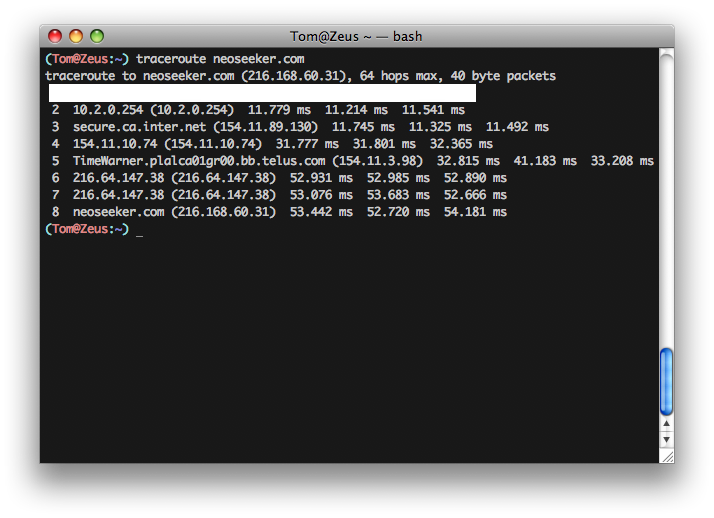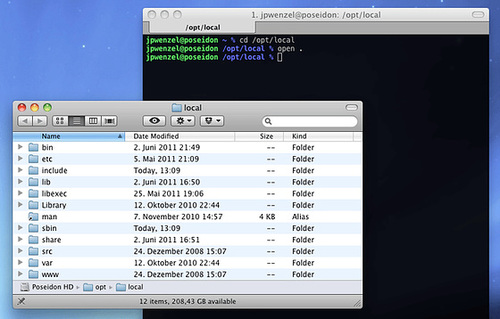

- #MAKE MAC OS X TERMINAL GENERATE CODE FULL#
- #MAKE MAC OS X TERMINAL GENERATE CODE SOFTWARE#
- #MAKE MAC OS X TERMINAL GENERATE CODE BLUETOOTH#
This isn’t very efficient as running system_profiler generates a complete report each time, which can be time consuming if the Mac contains a lot of software or isn’t particularly speedy. If we wanted to find out what the Mac’s Model Identifier is, we could use: system_profiler | grep "Model Identifier" Running the command without any arguments just dumps the entire system report to the screen. You’ll notice that (after a brief delay) a lot of system information is displayed within the Terminal window. To get started, open Terminal and enter the command system_profiler. For example, you may need a system report of a Mac that you only have remote access to via SSH so opening System Information wouldn’t be possible, but that doesn’t mean we can’t create a system report.

Sometimes it may be necessary to bypass System Information when we’re wanting to view a report. System Information Via the Command-LineĪs we touched upon earlier, System Information is just a viewer for system reports, all of the work for creating them is done by the command system_profiler. spx file extension and opening any system reports will launch System Information automatically. Unless there’s a need to include all software information, it can be sometimes worth displaying less information before saving a report.Īll system reports are saved with the.
#MAKE MAC OS X TERMINAL GENERATE CODE FULL#
The report saved reflects the current view of System Information so if you’ve opted to display less information, a basic report is saved.Ī full report can be several megabytes in size whereas a basic report can be only a few hundred kilobytes. You can save a report from one Mac and open it on another, useful when trying to troubleshoot an issue with a remote Mac. System ReportsĪ great benefit of System Information is that reports can be saved and opened on any Mac. This can be toggled by selecting Show More Information to bring them back.

If you’d prefer not to view a full report, you can select Show Less Information which will hide most Software reports. Within the app’s menu are a few options that can alter the output of the report. System Information also views a report that has already been created, though it can be refreshed at any time by selecting File > Refresh Information.Įach section is broken down into its respective categories, such as Hardware, Network and Software, and their related reports are separated into subcategories. The report that the command generates is then opened by System Information and formatted in a way that’s easy to view.

It doesn’t do anything itself, instead relying upon the system_profiler command (which we’ll come to later) to generate hardware and software configuration reports. The System Information app is nothing more than a tweaked XML viewer. This will swap About This Mac to System Information… and allow you to launch it directly.įinally, you can simply launch the app from where it resides: within /Applications/Utilities. You can bypass this process completely by holding down the Alt key when in the Apple menu. There are a number of ways you can access System Information as it has a number of shortcuts in different places, the most common way is from the About This Mac pane.Ĭlick on More Info to reveal some additional information about the Mac and then click System Report… To get the most out of it, we’ll exploring the app, and its lesser-known command-line options, in further detail. While most of us have used System Information at one time or another, it’s an often overlooked and undervalued tool.
#MAKE MAC OS X TERMINAL GENERATE CODE BLUETOOTH#
System Information (formerly System Profiler) in OS X provides a detailed breakdown of the hardware and software configuration of a Mac, from Bluetooth information and attached USB devices to installed software and extensions.


 0 kommentar(er)
0 kommentar(er)
